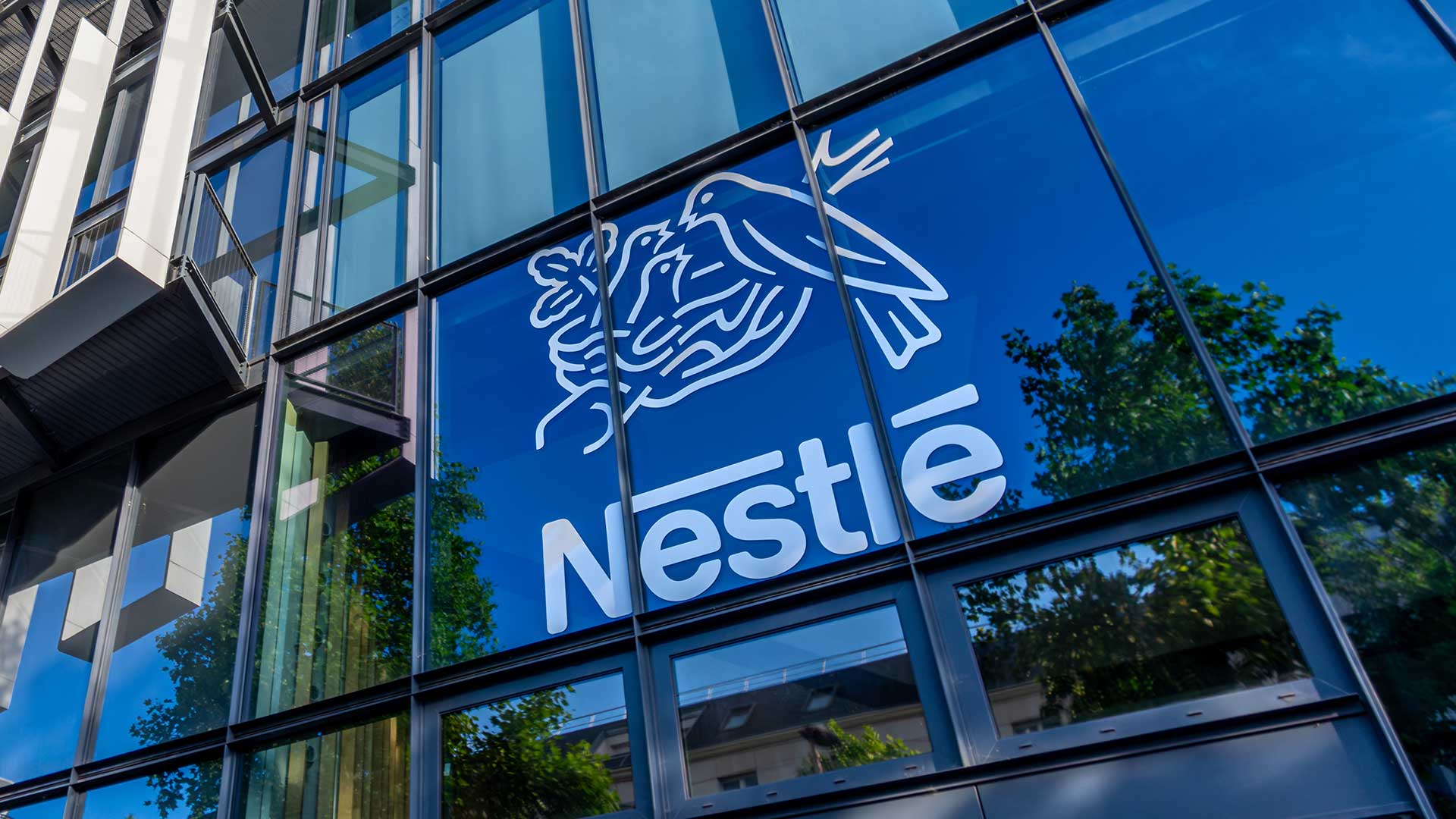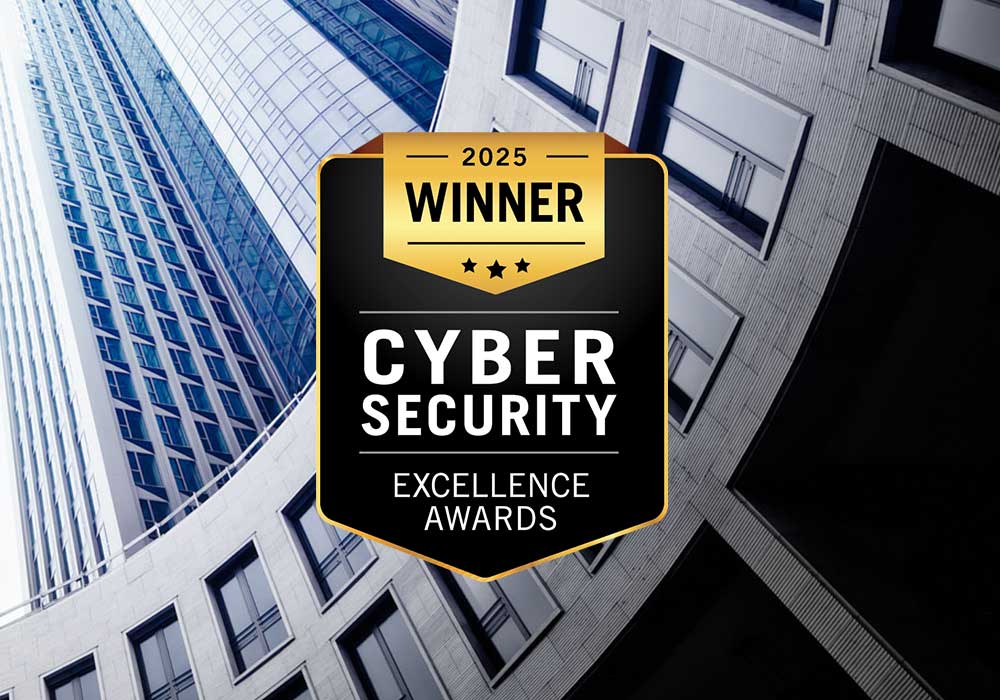Improving construction safety with AI Video Analytics

Challenge
As business owners navigate the complexities of the construction industry, the pursuit of efficiency, safety, and optimal project outcomes has never been more critical. Construction projects have become increasingly intricate, involving stringent timelines, tight budgets, and mandatory regulations. These challenges have caused many pain points, ranging from cost overruns and delays to safety concerns and insufficient resource allocation.
Equipment theft and vandalism: Construction sites are strong targets for criminals, with valuable equipment and materials readily available. Equipment theft can cost up to $1 billion per year, with only a 21% recovery rate leading to significant project delays.
Worker safety: Construction workers who fail to wear the proper safety gear or who fall victim to hazards on a job site have a higher risk of sustaining an injury or worse.
Regulatory compliance: Enforcing safety regulations, particularly Personal Protective Equipment (PPE), presents a challenge for construction managers. Non-compliance not only poses risks to worker safety but also invites regulatory fines and project setbacks.
Operational efficiency: Traditional surveillance systems often suffer from limited resources and delays in detecting and alerting authorities to potential security breaches or safety incidents, while manual monitoring of large construction sites is time-consuming and prone to human error.
The Solution
Intrusion detection: Detect intruders crossing designated virtual perimeters, like entrances to supply sheds, and quickly identify when anyone crosses the virtual line. For added security, use object or visible weapon detection to alert if someone enters the site outside of working hours or is carrying a weapon.
Ensuring safety and compliance: Detect and ensure compliance by identifying whether staff are wearing standard PPE equipment, including helmets and safety vests.
24/7 high-risk area monitoring: Detect any abnormal activities within designated restricted areas, such as unauthorized entry by individuals or vehicles into restricted access zones (e.g., areas where cranes, excavators, and heavy-duty machinery operate), as well as individuals falling or crouching, or vehicles being parked in no parking zones.
Fire and smoke detection: Early detection of fire hazards is crucial for ensuring the safety of workers and protecting valuable assets. This proactive approach not only enhances safety protocols but also contributes to maintaining project timelines and budgets.
Heatmaps: Visually highlight busy areas on construction sites, helping teams in understanding site dynamics, identifying time-space conflicts, work site congestion, and streamlining operations for better efficiency.
Benefits
Cost savings: Automation reduces manual monitoring costs,supports theft prevention, and decreases insurance liability.
Increase industry competitiveness: Advanced risk managementprotocols demonstrate reliability and secure project execution.
Easy to deploy: Set up and configure the technology efficientlywith support from Claro Enterprise Solutions’ experts.
Insights
Solutions
Experience world-class digital capabilities. Run faster and more efficiently leveraging existing systems and our award-winning enterprise technology services.
Solutions
Experience world-class digital capabilities. Run faster and more efficiently leveraging existing systems and our award-winning enterprise technology services.
.png)



.png)





